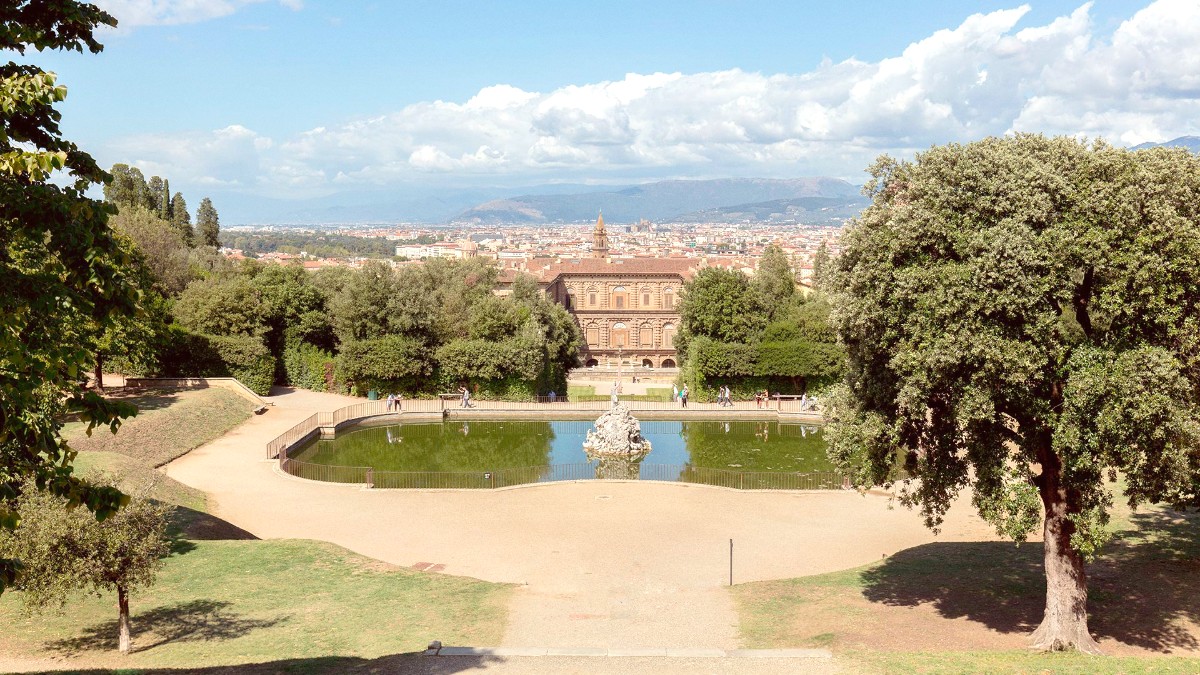
Tuscany, Italy
The city experiences distinct seasons, each with a different atmosphere.
Climate Patterns Throughout the Year:
(June-August)
The warmest weather for maximum outdoor activity. All attractions operate on full schedules.
Crowds gather, notably during popular festivals. Prices for accommodation and flights reach their peak. The intense summer heat can make midday sightseeing challenging.
(April-May, September-October)
Temperatures stay pleasant, ideal for walking and exploring. Fewer crowds compared to the high season, and prices for flights and lodging are generally lower. Spring brings lush, green landscapes.
Weather can be variable, with a higher chance of rain. Some seasonal businesses may have limited operating hours.
(November-March)
This period sees the fewest crowds, creating a tranquil visit. Prices are at their lowest. Experience a more authentic local rhythm of life. Nearby mountains give opportunities for winter sports.
Cold and damp weather limits outdoor activities. Some attractions may have reduced hours or close completely. Fewer events and festivals occur.
Summer heat can be intense. Carry a Portable fan and stay hydrated by carrying a water bottle. Seek shade during the hottest parts of the day (12-3 PM).
Winter often brings fog to the Arno Valley, which can reduce visibility and make driving more challenging, though it adds an unique, atmospheric charm to the landscape.
Spring (April-May) and Autumn (September-October) comfortable temperatures for extensive walking tours.
Late Spring (May) and early Autumn (September) ideal conditions for exploring the Pistoia Apennines.
Autumn (September-October) aligns with the grape harvest and olive oil production, perfect for food and wine.
Mid-Winter (January-February) opportunities for skiing and snowboarding in the Pistoia Apennines, notably at resorts like Abetone.
Low season (November-March) for a tranquil, authentic local rhythm.
Italy belongs to the Schengen Area, a zone of 27 European countries without internal border controls.
Schengen Area Rules: Non-EU/EEA/Swiss citizens may require a Schengen visa for stays exceeding 90 days within any 180-day period. For tourism, many nationalities enjoy visa-free entry for short stays.
Passport Validity: Your passport must be valid for at least three months beyond your intended departure date from the Schengen Area. It must also have been issued within the last 10 years.
Tipping is not mandatory in Italy. A small tip (€1-€5 per person or simply rounding up the bill) is appreciated for good service, especially if a "servizio" (service charge) is not already included on the bill.
Your well-being remains important during your travels. Pistoia is a safe city, but knowledge of common health and safety practices makes for a worry-free trip. This section covers health precautions, emergency access, and general safety tips.
No specific vaccinations for entry into Italy from most countries.
Ensure routine vaccinations (MMR, DTP, Polio) are up-to-date. Consult a healthcare provider 4-6 weeks before your trip.
Uncommon in Italy due to high food hygiene standards. Practice good hand hygiene, drink tap water, eat well-cooked food.
Sunburn/Heatstroke:
During summer, the sun can be intense. Use Sunscreen (SPF 30+), wear a Wide-brimmed hat, and stay hydrated. Seek shade during peak hours (12-3 PM).
Insect Bites: Mosquitoes can be present, especially in warmer months. Use Insect repellent, notably in the evenings if sitting outdoors.
Always carry a small First aid kit for minor cuts or ailments.
The European emergency number, 112, works throughout Italy for all services: ambulance, police, and fire. Use this for any urgent situation.
Ospedale San Jacopo in Pistoia is a modern public hospital giving comprehensive medical care.
Easily identifiable by a green cross sign. Pharmacists offer advice for minor ailments, and many speak some English. They can recommend local doctors if needed.
Pistoia is considered a safe city with low crime rates. It maintains a relaxed, community-oriented atmosphere.
Drinking Water: Tap water in Pistoia is generally safe to drink. Public drinking fountains provide potable water. Food Hygiene: Italy maintains high food safety standards. Eat at busy establishments with good turnover.
Citizens of EU countries should carry their European Health Insurance Card (EHIC) for state-provided healthcare at a reduced cost or free during a temporary stay.
Travel insurance is highly recommended for all travelers. A good policy covers medical emergencies, trip interruption or cancellation, lost luggage, and emergency evacuation. This delivers financial protection and peace of mind. Consider World Nomads.
General Emergency: 112. Police: 112. Medical Emergency/Ambulance: 118 (also covered by 112). Fire Department: 115 (also covered by 112). Keep your country's embassy or consulate contact information saved.